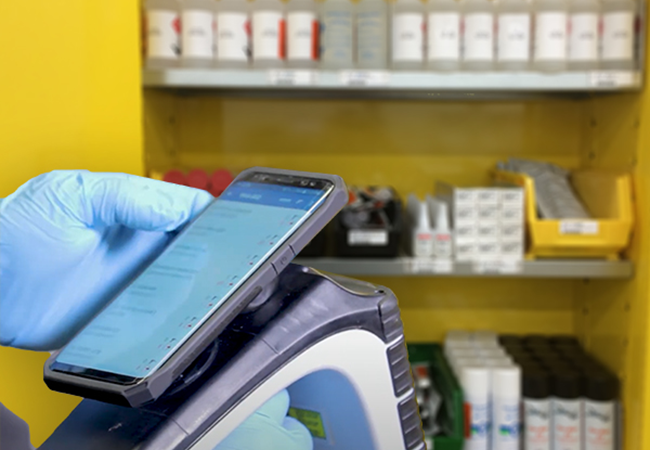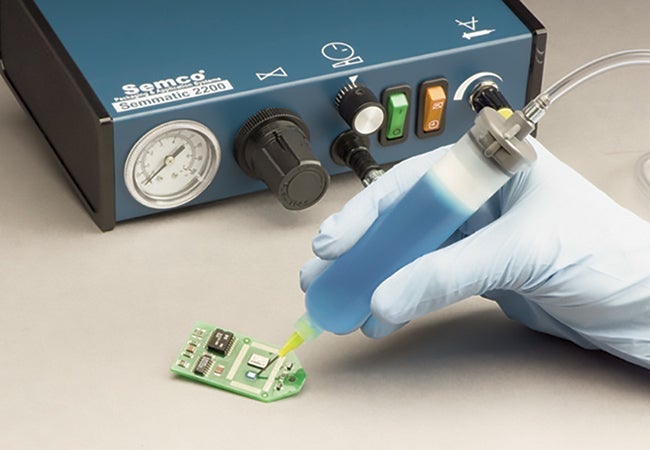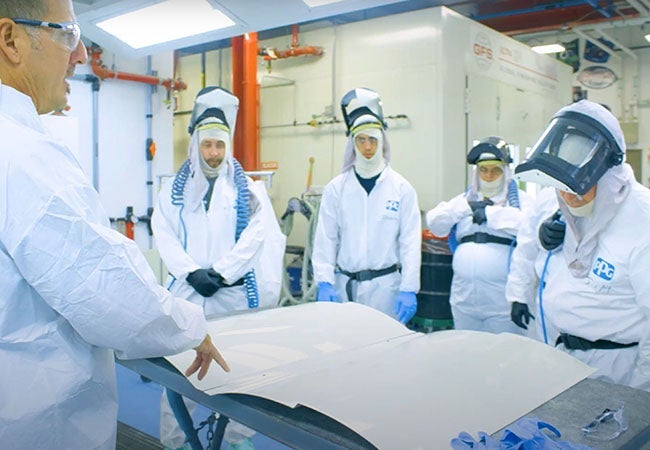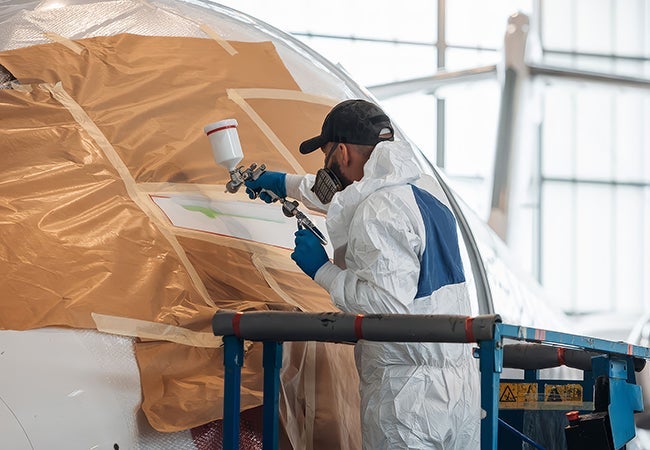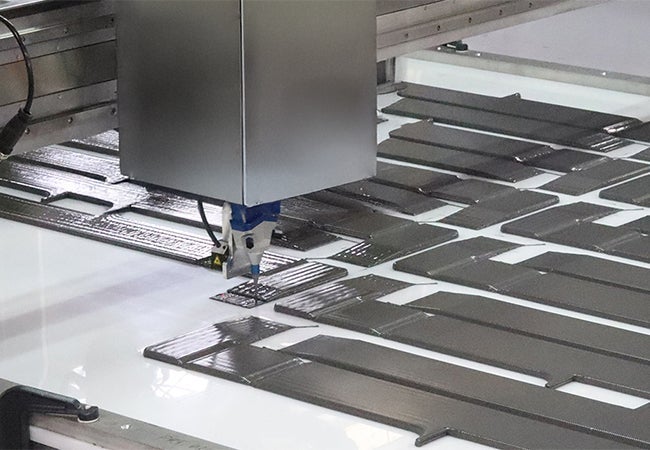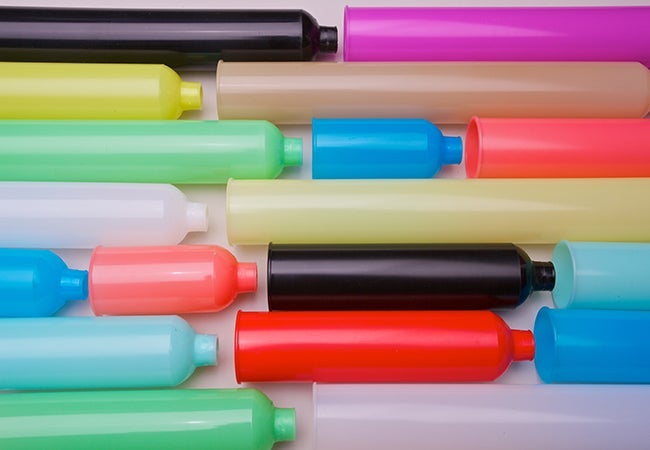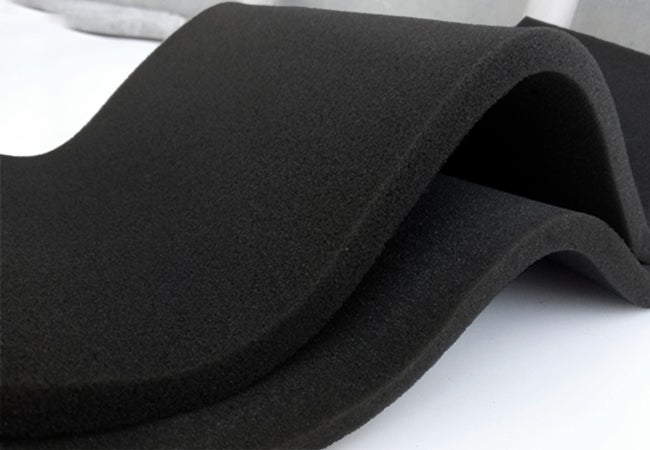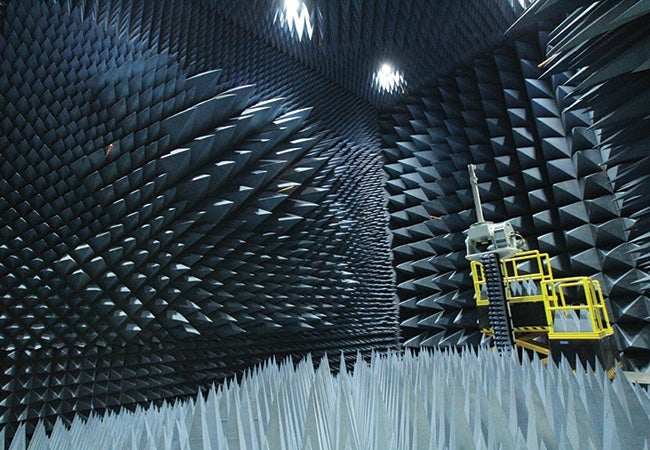Comprehensive Aerospace Solutions
At PPG, we are dedicated to providing innovative aerospace coatings, sealants, packaging, transparencies and engineered material solutions that help enhance the performance, safety and sustainability of aircraft. Our extensive product offerings are essential for the protection, performance and aesthetic appeal of aircraft. With decades of experience in the commercial aviation, regional aviation, general aviation and military industries, we understand the unique challenges faced by aerospace engineers, quality assurance professionals and procurement specialists. Our dedication to excellence ensures that we provide high-quality solutions tailored to meet the needs of aircraft manufacturers as well as in the maintenance, repair and overhaul (MRO) of existing aircraft.


